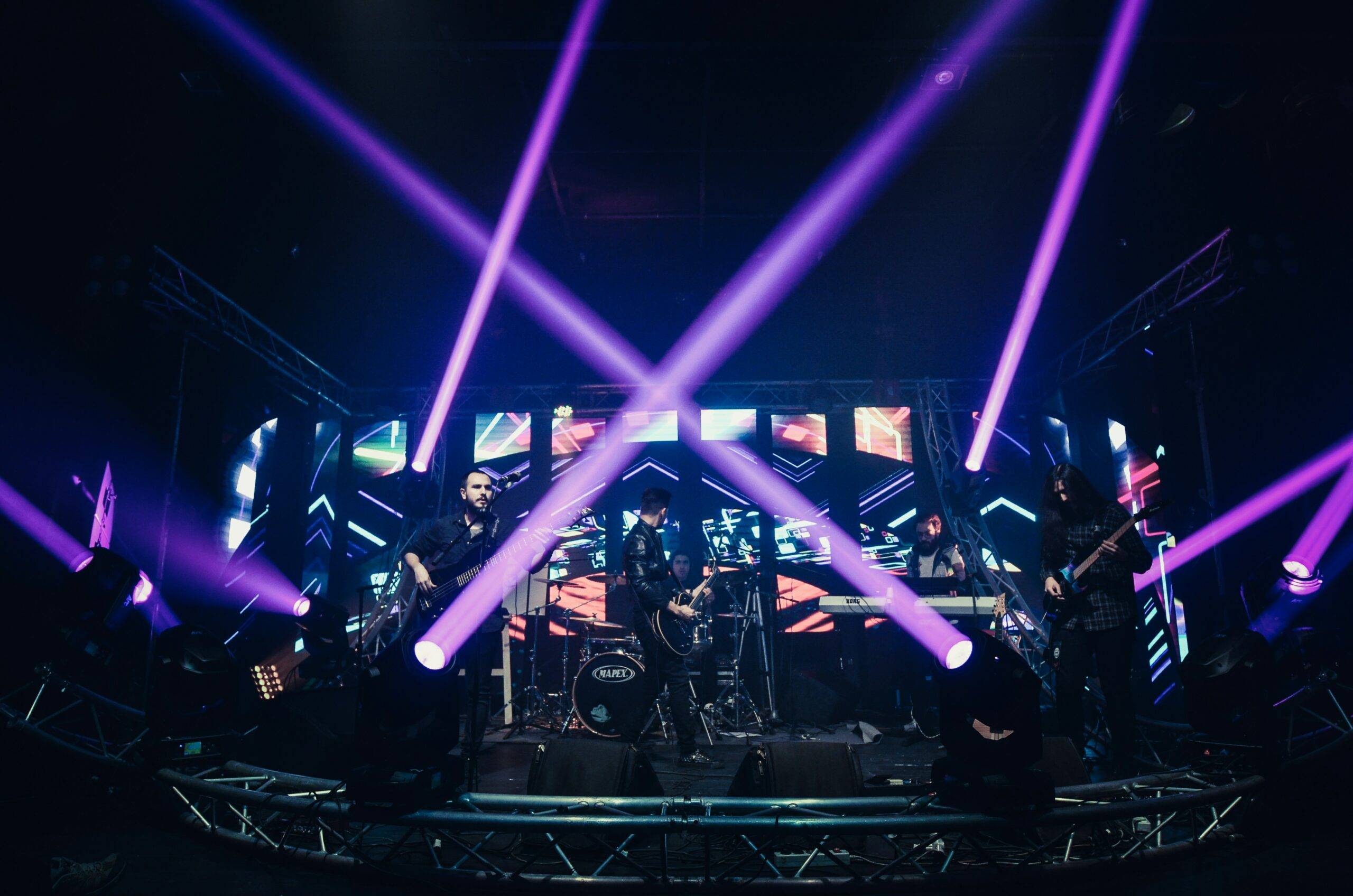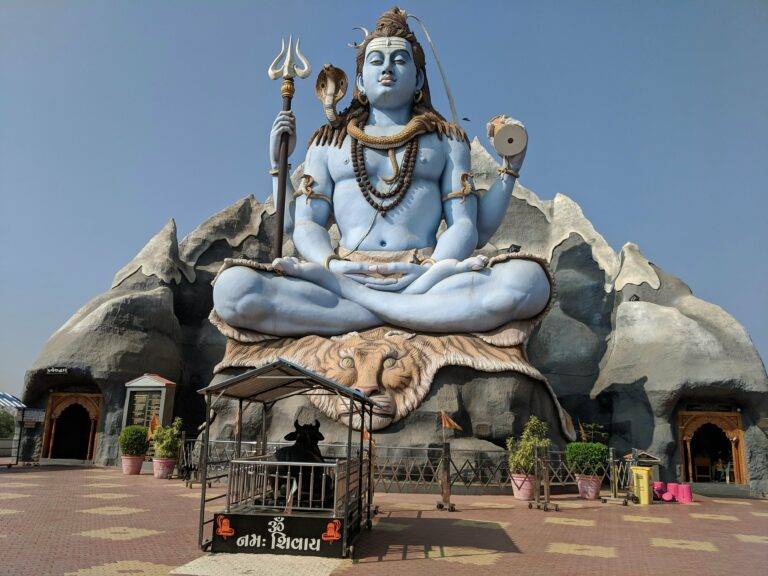Analysis of the Evolution of Special Effects in Film
Silent films paved the way for the evolution of special effects in the world of cinema. During this time, filmmakers had to rely on practical and in-camera effects to create captivating visuals that would immerse audiences into the stories being told on the screen. Techniques such as stop-motion animation, double exposure, and miniatures were commonly used to bring fantastical elements to life in silent films.
One of the most notable examples of special effects in silent films can be seen in Georges Méliès’ groundbreaking work in “A Trip to the Moon” (1902). Méliès utilized techniques like substitution splices and dissolves to showcase the journey of a rocket ship landing on the moon, revealing a surreal landscape inhabited by extraterrestrial beings. This iconic film not only demonstrated the creativity and innovation of early filmmakers but also laid the foundation for future advancements in special effects technology in the film industry.
The Emergence of Practical Effects in Early Cinema
Practical effects have played a significant role in the evolution of filmmaking, particularly in the early days of cinema. Before the invention of advanced digital technology, filmmakers had to rely on practical effects to bring their visions to life on screen. These effects involved the use of physical props, makeup, and set designs to create the desired illusions in front of the camera.
One of the most notable examples of early practical effects is the use of miniatures to depict larger-than-life scenes. Filmmakers would meticulously craft intricate scale models of buildings, vehicles, and landscapes to film them in a way that made them appear realistic in the final footage. This technique required a great deal of skill and precision to ensure that the miniatures seamlessly blended with the live-action elements of the film.
The Impact of Technological Advancements on Special Effects
As technology rapidly advanced in the film industry, special effects underwent a significant transformation. Innovations in cameras, lighting, and editing software revolutionized the way filmmakers could create and manipulate visual effects. With the introduction of CGI (computer-generated imagery), filmmakers gained more flexibility and creativity in bringing fantastical worlds and characters to life on the screen.
Additionally, the development of motion capture technology enabled actors to embody digital characters with unprecedented realism. This advancement allowed for seamless integration of live-action and computer-generated elements, enhancing the overall visual experience for viewers. As special effects continued to evolve alongside technological advancements, the possibilities for filmmakers to push the boundaries of creativity and storytelling expanded exponentially.
• CGI (computer-generated imagery) revolutionized visual effects in film
• Motion capture technology allowed for realistic embodiment of digital characters by actors
• Seamless integration of live-action and computer-generated elements enhanced visual experience for viewers
• Technological advancements in cameras, lighting, and editing software transformed the way filmmakers create and manipulate special effects
What are some examples of special effects used in silent films?
Some examples of special effects used in silent films include double exposure, matte paintings, and miniatures.
How did practical effects impact early cinema?
Practical effects brought a sense of realism to early cinema, allowing filmmakers to create more immersive and believable worlds on screen.
What role have technological advancements played in the evolution of special effects?
Technological advancements have greatly expanded the possibilities for special effects in film, allowing filmmakers to create more elaborate and realistic effects than ever before.




